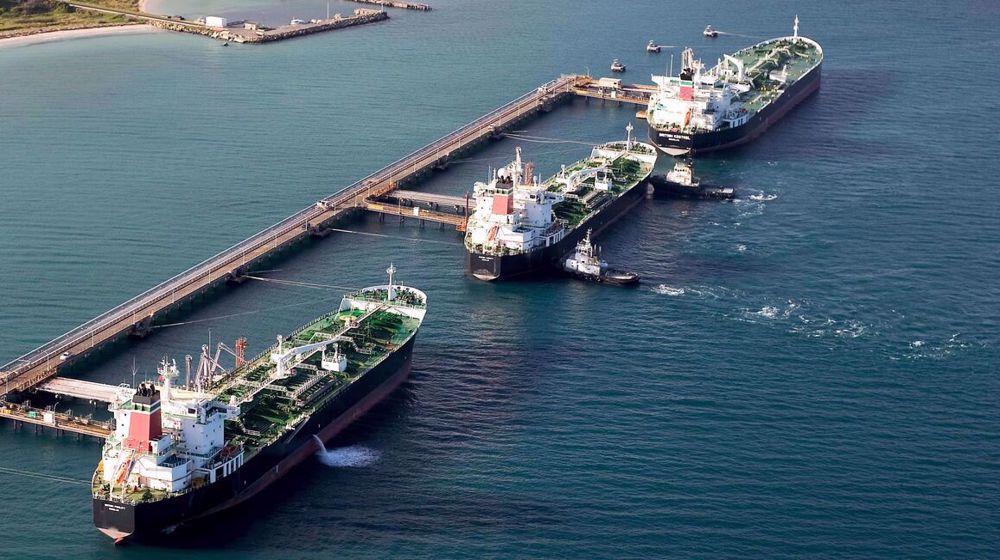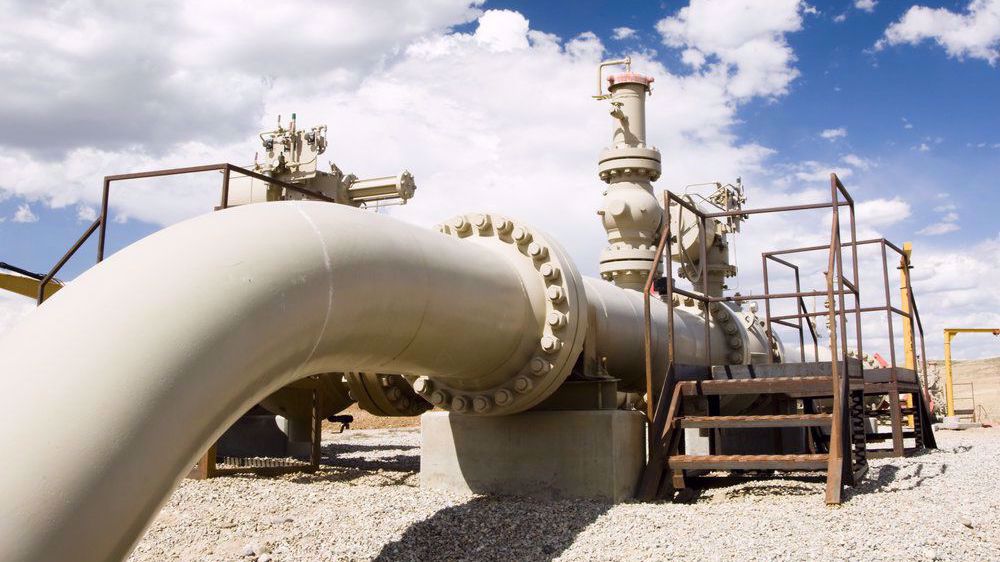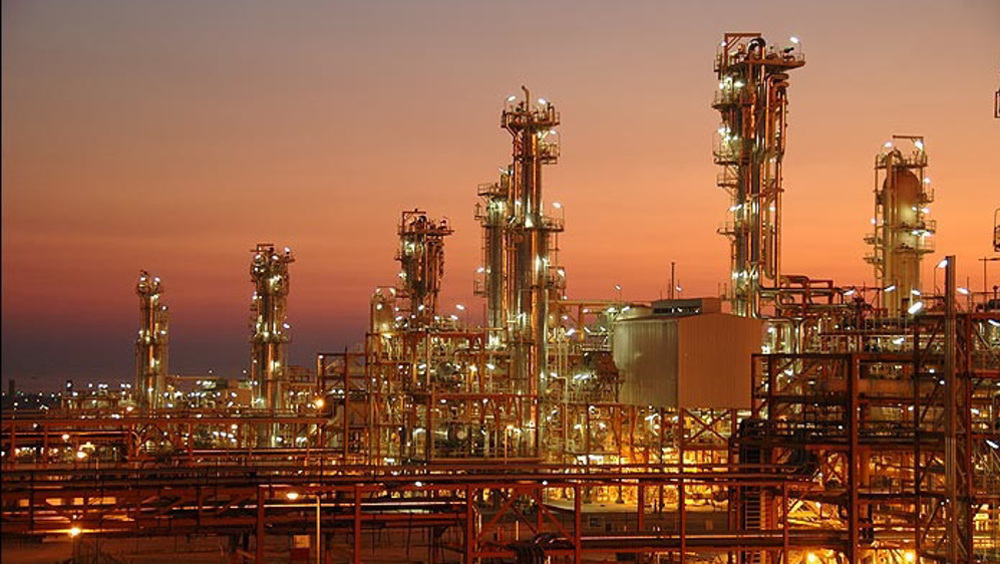Iran has excellent potential for solar power: German study
A German government research reveals ‘excellent’ opportunities for solar power generation in Iran.
“Iran’s potential for PV (Photovoltaics) is extremely high, having an excellent solar irradiation and high electricity demand,” the government commissioned report called "Enabling PV Iran" said, laying out the guidelines for entry into the Iranian PV market for German companies.
Photovoltaics is the name of a method of converting solar energy into direct current electricity using semiconducting materials that exhibit the photovoltaic effect, a phenomenon commonly studied in physics, photochemistry and electrochemistry.
The study, however, said, “As Iran is still an infant renewable energy market, there are big challenges to PV investments that need to be overcome.”
It referred to the country’s inflation rate and financial resources as the major obstacles on the way of PV development in Iran.
“Thanks to the great efforts of the Renewable Energy Organization of Iran (SUNA), for large scale PV power plant above 100 kWp, there is a fairly well standardized process defined which gives confidence to investors,” noted the study.
“The duration of a project development is estimated to be more than one year, still SUNA strives for more efficient and quicker approval processes.”
“As long as the identified barriers are not linked to the trade restrictions or the fossil subsidies, they can be tackled by regulators quickly and worked around by investors with some investment in time and money,” said the report.
Iran’s Ministry of Energy signed an agreement last November with a German company to build 1,250 megawatts of solar energy projects in the hydrocarbon-rich country’s latest move to green its energy supply chain.
Under the deal, the Germans will build several solar farms in the capital, Tehran and some other cities as Iran embraces clean energy.
The plan for Tehran is to build 500 megawatts of solar projects, including 150 MW in Kahrizak, 200 MW in Varamin and 150 MW in Malard.
Iran is the biggest generator of electricity in the Middle East, and reportedly produced 277 billion kilowatt hours (kWh) of power last year.
The country mainly operates hydroelectric, gas and combined cycle power plants, but it plugged its first nuclear power plant into the national grid in September 2011.
Iran and Germany have increased their economic exchange over the past few years.
German exports to Iran reportedly increased by 30% in 2014, compared to the previous year, and German imports from Iran grew by 8% within the same period. The bilateral trade corresponded to 2.69 billion euros in 2014, a rise of 27% in comparison to previous the year.

Iran’s oil output up nearly 13% in 2024: OPEC data

Turkmenistan to export gas to Turkey via Iran: Reports

Iran’s largest gasoline producing refinery further ramping up output
Lebanese protest cancellation of two scheduled civilian flights from Iran to Lebanon
Hamas: Efforts underway to remove all obstacles to implement ceasefire deal
VIDEO | ‘This is our land’:Lebanese woman on why she confronted Israeli Merkava tank
VIDEO | As Israel continues its atrocities across the West Bank, residential neighborhoods have been left in
VIDEO | Press TV's news headlines
VIDEO | Stories of forced eviction: Displaced Palestinians in Tulkarm and Jenin
EU leaders warn against US-Russia deal 'behind our backs'
Mexico aims to sue Google over 'Gulf of America' listing







 This makes it easy to access the Press TV website
This makes it easy to access the Press TV website